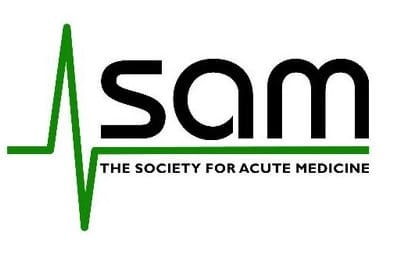Commenting on today’s NHS performance data release, which shows 69.3% of patients were seen within four hours in A&E departments across October and contains some of the lowest levels of performance on record, Dr Tim Cooksley, president of the Society for Acute Medicine, said:
“This latest set of performance data show that standards are at an unacceptably poor level for both patients and staff with an expectation that this will deteriorate further over the winter months.
“Pressures are at unsustainable levels and the results are scant justice for acute care staff who continue to strive to deliver a reasonable quality of care. Morale for patients and staff is low with little expectation of short-term improvement.
“All parts of the NHS are unquestionably struggling.
“Prolonged waits for ambulances, long stays in emergency departments and acute medical units, longer periods for patients in hospitals waiting for social care and increased waiting on elective lists with large numbers of cancellations due to lack of beds continue to dominate the picture.
“Long-term, we need bold and deliverable plans to increase capacity and workforce so we can deliver high standards of care that patients deserve and staff wish to deliver.
“In the short-term there needs to be some honest discussions regarding what the NHS can deliver over the next few months. The concern of my colleagues and I currently is that the theme that we have previously described about the situation being a crisis is, with hindsight, wrong.
“It was hugely challenging but now we are seeing a new definition of what crisis means.”
Acute medicine deals with the immediate and early treatment of adult patients with a variety of medical conditions who present to hospital as emergencies.
The specialty receives the majority of patients admitted from A&E and helps maintain the flow of patients through emergency departments to avoid exit block, the term used when patients cannot be moved into a hospital bed.
